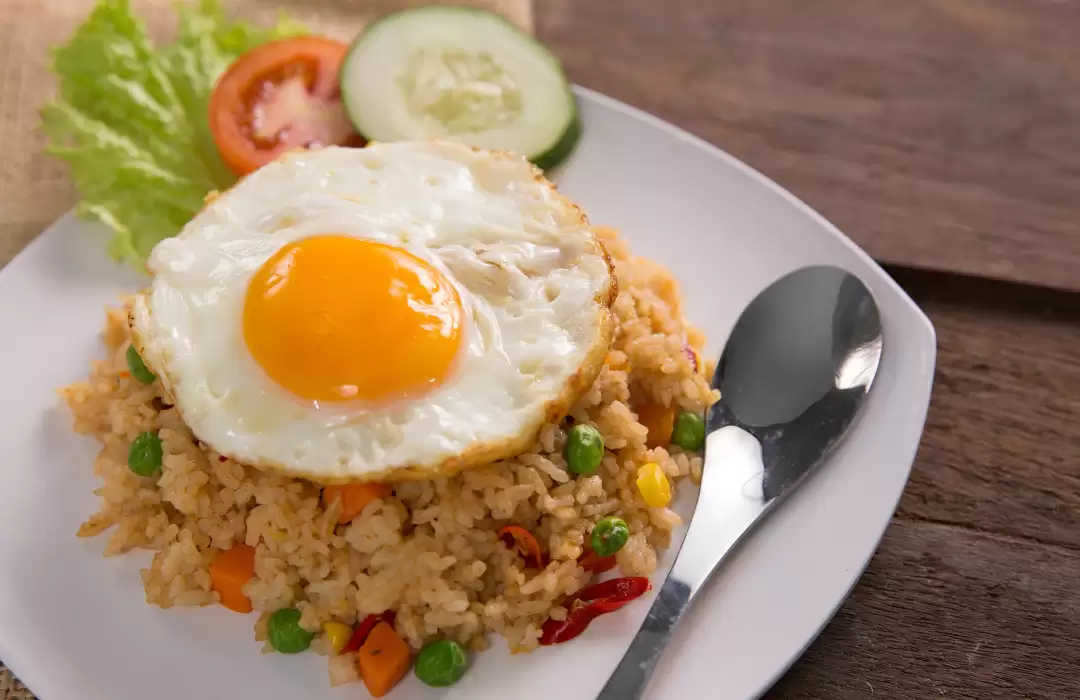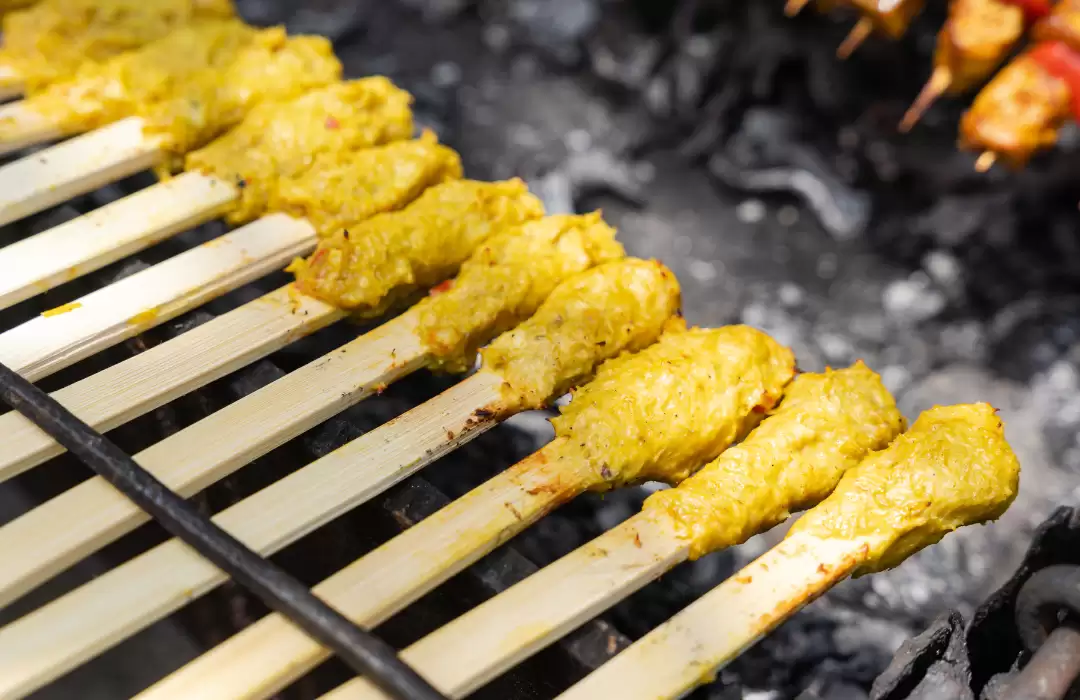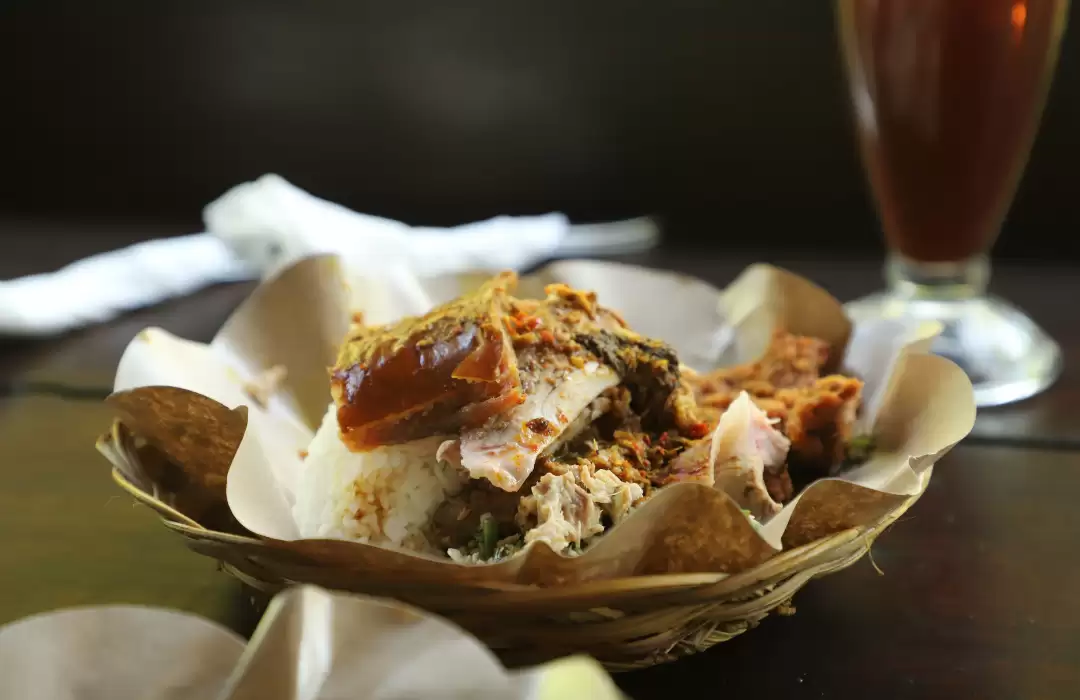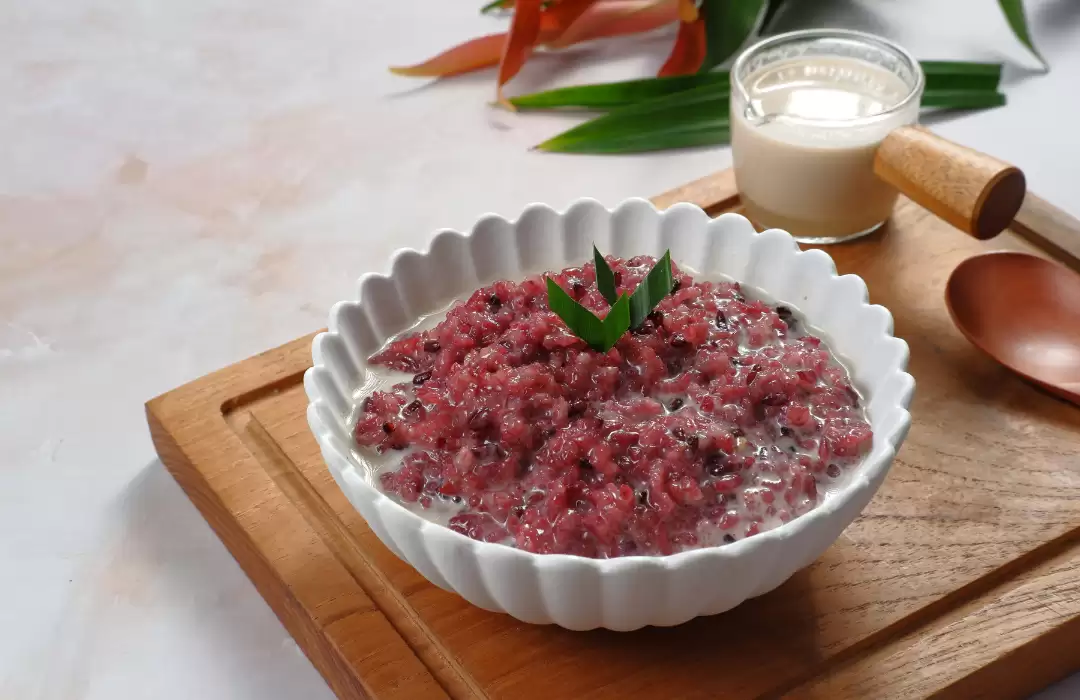How to Discover Bali Best Street Food - Tips for Eating Like a Local

Bali, with its rich cultural heritage and diverse culinary scene, is a paradise for food lovers. While the island offers a variety of upscale restaurants and trendy cafes, the true essence of Balinese cuisine can be found on the streets. From bustling markets to food stalls tucked away in hidden corners, Bali’s street food offers a genuine taste of the island’s vibrant culture.
If you're looking to experience Bali's food culture like a local, there's no better way than exploring the local street food scene. Bali's street food is not only affordable but incredibly diverse, offering dishes that range from the ever-popular nasi goreng (fried rice) to sate lilit (Balinese satay) and exotic bubur injin (black rice pudding). This guide will help you discover Bali’s best street food, and provide insider tips for eating like a local.
Understanding Bali’s Street Food Culture
Before diving into the specifics of Bali street food, it’s important to understand the significance of food in Balinese culture. In Bali, food is much more than just sustenance; it is an essential part of daily life and spiritual practices. Local dishes are often made with fresh, locally sourced ingredients, and many meals are prepared with love and respect for the ingredients and the rituals surrounding them.
Bali’s street food culture reflects the island’s agricultural roots, with rice, spices, and fresh vegetables playing a central role in many dishes. For centuries, street vendors have been selling their homemade creations, offering locals and tourists alike a taste of Bali's diverse flavors. These humble food stalls are a window into the island’s cultural diversity, allowing you to experience traditional dishes that have been passed down through generations.
The Best Time to Explore Street Food
The best time to enjoy street food in Bali is during the day and evening, when the food stalls are busiest. In touristy areas like Ubud, Seminyak, and Kuta, you'll find vendors offering freshly prepared meals throughout the day. However, street food in Bali comes alive in the evening when locals gather after work to enjoy dinner at bustling night markets and food stalls.
If you want to avoid the crowds and have a more authentic experience, it’s best to visit the local food markets early in the evening, around sunset. Bali’s night markets, such as the Sanur Night Market and Sukawati Art Market, are perfect places to sample local snacks and meals.
Top Street Food Dishes You Must Try in Bali
Bali's street food scene is bursting with flavor and variety. Whether you’re craving savory bites or something sweet, there’s something for everyone. Here are some must-try dishes that offer a true taste of Bali.
1. Nasi Goreng (Fried Rice)

Nasi goreng is Bali’s signature dish and one of the most popular street foods on the island. It's simple but full of flavor, with stir-fried rice mixed with vegetables, eggs, and a variety of proteins, such as chicken, pork, or shrimp. Street vendors often serve nasi goreng with a fried egg on top, and it’s typically accompanied by krupuk (crispy crackers) and a side of sambal (spicy chili paste).
While you can find nasi goreng in almost every food stall and warung, try it at local street food stalls for the most authentic taste. Many places will add their own twist, such as extra spice or unique seasonings.
2. Sate Lilit (Balinese Satay)

Sate lilit is a Balinese version of satay that is distinct from the regular Indonesian satay you may be familiar with. The meat (usually chicken, fish, or pork) is finely minced and mixed with grated coconut, lime leaves, and spices. It’s then wrapped around a bamboo skewer and grilled to perfection. This dish is often served with rice cakes or nasi putih (steamed rice) and a spicy sambal on the side.
You can find sate lilit at food stalls, night markets, and small warungs across Bali. It’s a favorite among locals and tourists alike, and it’s perfect for those who want to enjoy Balinese flavors on the go.
3. Babi Guling (Suckling Pig)

If you’re a meat lover, you cannot miss babi guling, one of Bali’s most famous dishes. Traditionally reserved for ceremonies and special occasions, babi guling is roasted suckling pig that’s seasoned with a mixture of turmeric, garlic, and other spices. It’s slow-cooked over a charcoal fire until the skin is crispy and the meat is tender and juicy.
Babi guling is typically served with rice, lawar (a traditional Balinese salad made with vegetables and grated coconut), and sambal matah (raw shallot and chili salsa). You can find babi guling at warungs that specialize in this dish, and it’s particularly popular in Ubud, where you can try it at Ibu Oka, one of Bali’s most famous babi guling spots.
4. Bubur Injin (Black Rice Pudding)

For something sweet, bubur injin is a must-try street food dessert. Made from black glutinous rice, coconut milk, and palm sugar, bubur injin is a sweet and creamy dessert that’s typically served warm. It’s a comforting dish that is often enjoyed as a snack or dessert, especially in the evening.
You’ll find bubur injin at many local food markets and street vendors, and it’s a great way to experience the sweet side of Balinese cuisine.
5. Martabak Manis (Sweet Pancake)

Martabak manis is a popular Indonesian street food that has a similar texture to a pancake. It's a thick, fluffy, and sweet pancake stuffed with a variety of fillings like chocolate, cheese, peanuts, and condensed milk. This sweet treat is a favorite dessert among locals and tourists alike.
You can find martabak manis at food stalls and night markets, particularly in Kuta and Sanur. It's the perfect indulgence after a day of exploring Bali's attractions.
How to Find the Best Street Food in Bali
Now that you know what dishes to try, here’s how to find the best street food in Bali:
1. Visit Local Markets
Markets are the heart of Bali’s street food scene, with an abundance of vendors selling freshly made snacks and meals. The Ubud Market, Sanur Night Market, and Sukawati Market are just a few examples of places where you can find a wide variety of local dishes. These markets are full of authentic flavors and are a great way to immerse yourself in Bali’s food culture.
2. Look for Busy Stalls
In Bali, the best street food stalls are often the busiest ones. Locals know where to find the freshest and most delicious food, so look for places with a steady stream of customers. Don’t be afraid to follow the crowd—it’s a sign that the food is worth trying.
3. Ask Locals for Recommendations
If you’re unsure where to find the best food, ask the locals. Balinese people are incredibly friendly and happy to share their food recommendations. Whether you're looking for the best nasi goreng or a unique dessert, the locals will point you in the right direction.
4. Be Adventurous
One of the best parts of experiencing Bali street food is stepping out of your comfort zone. Don’t be afraid to try new dishes, even if they’re unfamiliar. Bali offers a wide range of flavors and ingredients that you won’t find anywhere else, so take the opportunity to be adventurous and try something new!
Bali’s street food scene is one of the island’s most exciting and authentic experiences. From savory dishes like nasi goreng and sate lilit to sweet treats like bubur injin, Bali offers a wide range of flavors that will satisfy your cravings and give you a deeper connection to the island’s vibrant culture. By following these tips for eating like a local, you’ll be able to fully immerse yourself in Bali’s food culture and enjoy the best street food the island has to offer.
So, next time you’re in Bali, skip the fancy restaurants and head straight to the streets. The best street food in Bali is waiting for you, and with these tips, you’re sure to have a delicious and authentic culinary adventure.










